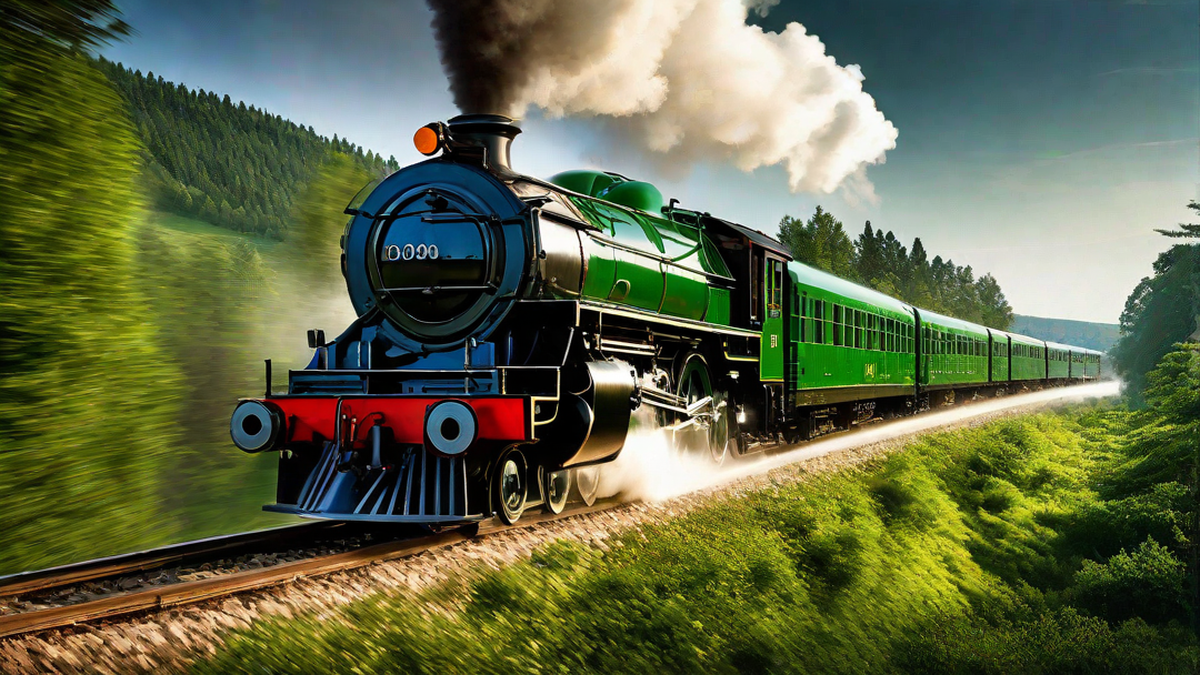Running train is a term commonly used in the world of sports, especially in track and field events. As an avid runner myself, I can attest to the thrill and exhilaration that comes with being a part of a running train. It’s a phenomenon that occurs when a group of runners come together and maintain a synchronized pace, forming a cohesive unit that propels them forward with maximum efficiency.
One of the key aspects of a running train is the concept of drafting. Just like in cycling, runners can benefit from running in close proximity to each other. As the lead runner creates a small wind tunnel, those following closely behind experience a reduction in air resistance, making it easier for them to maintain their speed. This drafting effect can improve the overall efficiency of the group, allowing them to cover more ground with less effort.
Being a part of a running train requires a high level of trust and communication among the runners. Each member of the train must be aware of their role within the group and be willing to make adjustments on the fly. It’s a collective effort where everyone plays a crucial role in maintaining the pace and momentum of the train.
Running trains are commonly seen in long-distance races, such as marathons and half-marathons. Elite runners often use this strategy to their advantage, forming packs to conserve energy and strategically position themselves for a strong finish. The presence of a running train can also serve as motivation for individual runners, as it provides a sense of camaraderie and support throughout the race.
Participating in a running train not only offers physical advantages but also provides a unique sense of community. The shared experience of working together towards a common goal fosters a strong bond among the runners. It’s an opportunity to push oneself to new limits and achieve feats that may have seemed impossible on one’s own.
Running trains can also be found in other sports, such as relay races or team-based events. In these scenarios, the concept of a running train takes on a different form, with each runner passing the baton or working together towards a specific objective. Regardless of the sport, the principles of teamwork, trust, and coordination remain fundamental to the success of a running train.
In conclusion, running train is a captivating phenomenon that brings together individual runners to form a cohesive unit. It involves the strategic use of drafting to optimize efficiency and requires strong communication and trust among the participants. Beyond the physical advantages, being a part of a running train creates a sense of community and shared achievement. So, lace up your running shoes, find your rhythm, and join the train!

